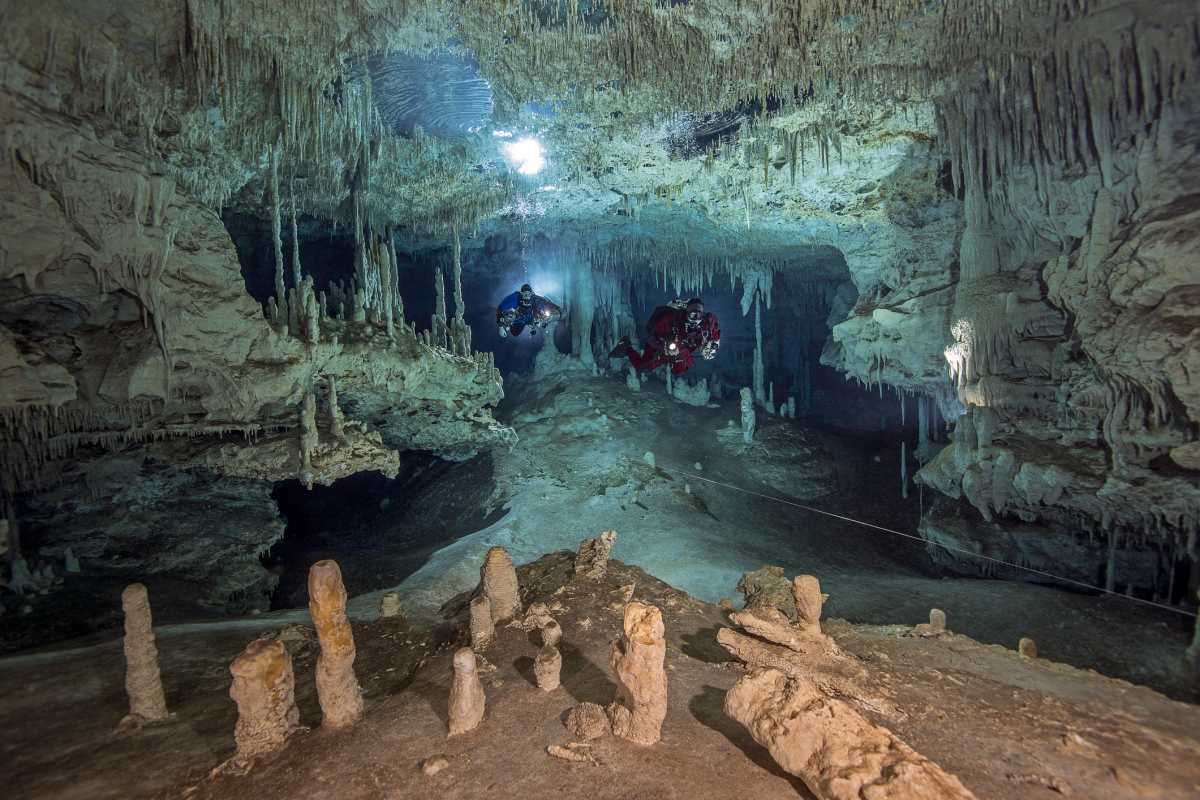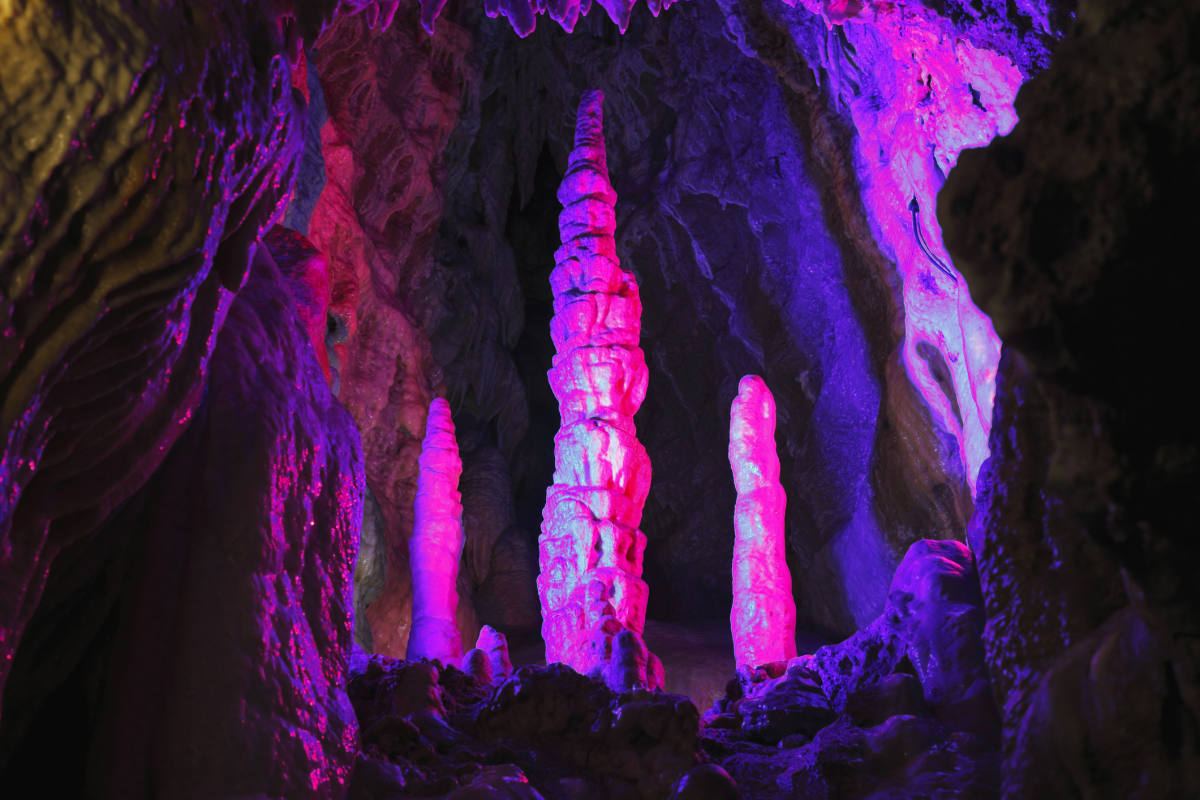These Towering Crystal Structures Rising From Cave Floors Follow a Mathematical Rule With Precision

Every material object that exists is overlaid with a mysterious backdrop of cosmic mathematics, which governs its changing shapes and evolutionary stories. Petals of a flower, the jelly-like cells pulsing within a human body, the shapes of crystals and gems that glitter, the beaks of birds, the veins of a leaf; everything is designed with a precise geometry, an exact calculus, which is intelligent, and surreal at the same time. In research documented in the journal PNAS, scientists explored the mathematical matrix that plays out behind the jagged designs and shapes of towering stalagmites usually found bursting from the floor of a cave.

A cave is like a portal into another world, a museum of astonishing designs and shapes, sculpted by a “dripping” concert performed by agitated chemicals over millions and millions of years. Whenever a cave is gouged out from an over-wet glacier, lava tube, mountain valley, or cliff, it remains vulnerable to the pressures exerted by the mechanical forces outside. Rainwater especially. Recurring rainfall can often cause the structure of the cave to become soggy. Barrages of acidic rainwater falling upon the cave’s ceilings and walls result in its weakening, which often manifests as cracks and fissures in the limestone.

Over many years, the cracks become too weak that the water starts seeping inside the cave. Drop by drop, the water trickles down from the narrow opening to collect in a pool on the floor. As it drips, some minerals remain stuck to the ceiling. On the bottom, as the water comes in contact with the floor, some minerals cling to the floor. When this process repeats over the years, the distance between the dripping droplets and the collecting droplets starts to decrease, as they crystallize and burst into rickety, raggedy structures.

The ceiling and the floor call out to touch each other and shake hands by exclaiming structures like the towering stalagmites and craggy stalactites that hang from either side of the cave. The next time you visit Poland’s Raj Cave, or Kentucky’s Mammoth Cave, Vietnam’s Son Doong Cave, or China’s Reed Flute Cave, notice how these protruding teeth-like structures make the cave resemble the interiors of the mouth of a giant predator. Encapsulated within these looming teeth are the pages of a "diary written by ancient rainwater."

Much like the tree rings whose shapes, sizes, and numbers determine how much water the tree received in a given year, these stalactites and stalagmites tell the story of how and when the rainwater seeped inside the cave and started dripping down. These structures are paleoclimatic time capsules that store a precious archive of temperatures, carbon content, isotope dating, climates, and the entire trail of geological processes that contributed to their formation. The objective for this research was to study the geometrical archive of these stalagmites and lay out a set of mathematical equations that determine the shape of a stalagmite in an “ideal cave,” something which has given them fanciful nicknames like the “Minaret,” the “Wedding Cake,” or “Romeo and Juliet.”

The controlling factor, the team said, behind the mathematics of stalagmite shapes, is “Damköhler number.” The number is the rate at which the water drips from the cave’s ceiling onto the stalagmite and how quickly the calcite in that water gets left behind. Fast-dripping water tends to create pointy, cone-shaped stalagmites, and slow-dripping water forms thicker, classic column-like formations. According to the researchers, in the realm of climate science, the shape of a stalagmite is a noteworthy factor that can reveal a lot of information about the cave’s past. "It turns out that the rich diversity of stalagmite shapes can be explained by one simple parameter," study co-author Piotr Szymczak explained in a press release. Szymczak and his team validated the mathematical equations against actual stalagmites in Postojna Cave in Slovenia, using X-ray tomography.
More on Green Matters
World’s Largest Cave Is So Big It Has Its Own Weather System — Even Skyscrapers Can Fit Into It
Surreal Footage Shows an Explorer Walking Into a Glacier’s Ice Cave on Top of a Volcano